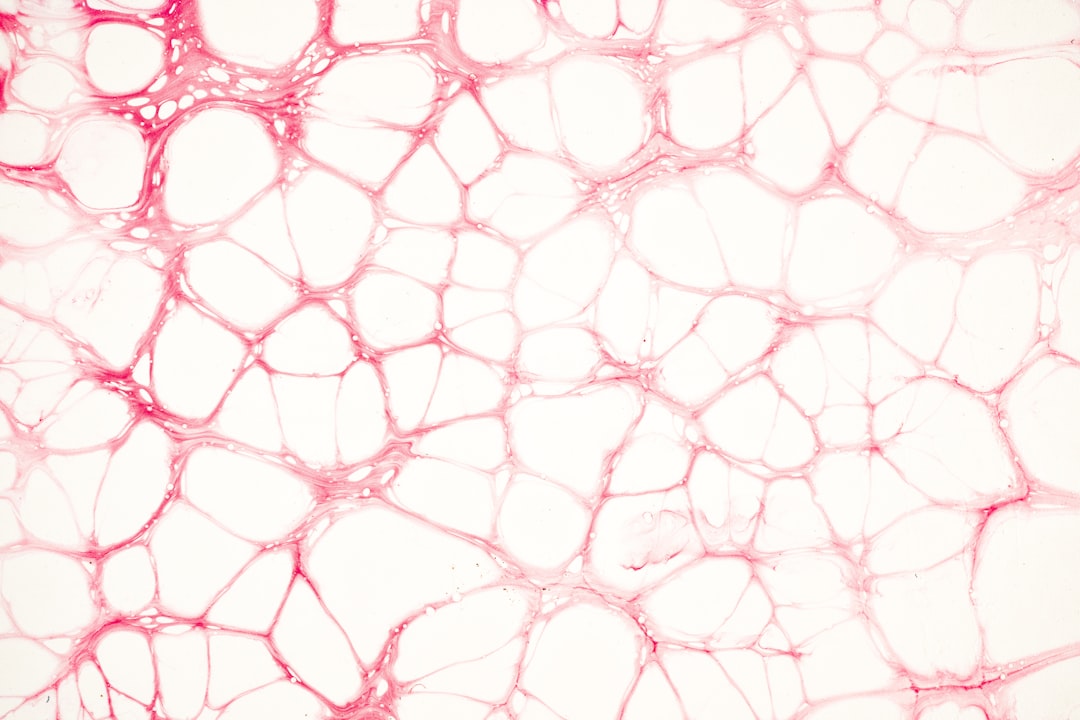What is it about?
Awarded with the Nobel Prizes in Physics 2018 and 2023, the generation and amplification of ultrashort laser pulses already contributed to various applications in medicine, manufacturing, spectroscopy, fundamental research, and many more. However, the amplification of ultrashort pulses with pulse durations of less than a picosecond would result in a high peak intensity that would damage optical components in an optical amplifier. Therefore, the pulse needs to be stretched before amplification by dispersing its frequency components in time. This temporal variation in frequency is called a "chirp", and thus the name Chirped Pulse Amplification, or CPA in short. In the article, the authors have investigated the physics of a packet of ultrashort pulses in a chirped pulse amplifier, where the spacing of the pulses is only less than ten times larger than the 250 femtosecond ultrashort duration of the pulses. They could show, that at a low number of just ten overlapping chirped pulses, peak intensities still appear. However, by increasing the number of pulses to 40, these peak intensities start to smear out because of the sufficient distance between the first and the last pulses in the burst.
Featured Image

Photo by Patrick Pahlke on Unsplash
Why is it important?
The discovered peak intensity smearing phenomenon allows for the generation of novel types of ultrashort pulse laser sources, that scale the pulse number within an amplified burst. The authors built up a prototype of such a source in their lab and demonstrate its characteristics in the article. A train of pulses allows for increasing the waveform energy by adding additional pulses, instead of amplifying further an isolated single pulse. This improves the accumulated signal over time, for applications where the peak intensity needs to be set below a certain threshold level. For spectroscopic applications, such sources can help because depending on the pulses within the burst, certain optical frequencies are resonantly enhanced, while others are suppressed. By this, one can choose exactly those optical frequencies needed for efficient excitation of an optical sample.
Perspectives
These results are an important step forward for novel photonics sources providing waveforms of ultrashort pulses at high energies. It will be interesting to see how far energies and pulse numbers can be scaled in the next years. Since burst generation in this low pulse spacing regime becomes more and more mature, it will help to benefit a multitude of applications, where ultrashort laser pulses are already an everyday tool.
Vinzenz Stummer
Technische Universität Wien
Read the Original
This page is a summary of: Frequency-mode-stable regenerative amplification at terahertz burst rates, APL Photonics, March 2024, American Institute of Physics,
DOI: 10.1063/5.0167721.
You can read the full text:
Contributors
The following have contributed to this page










